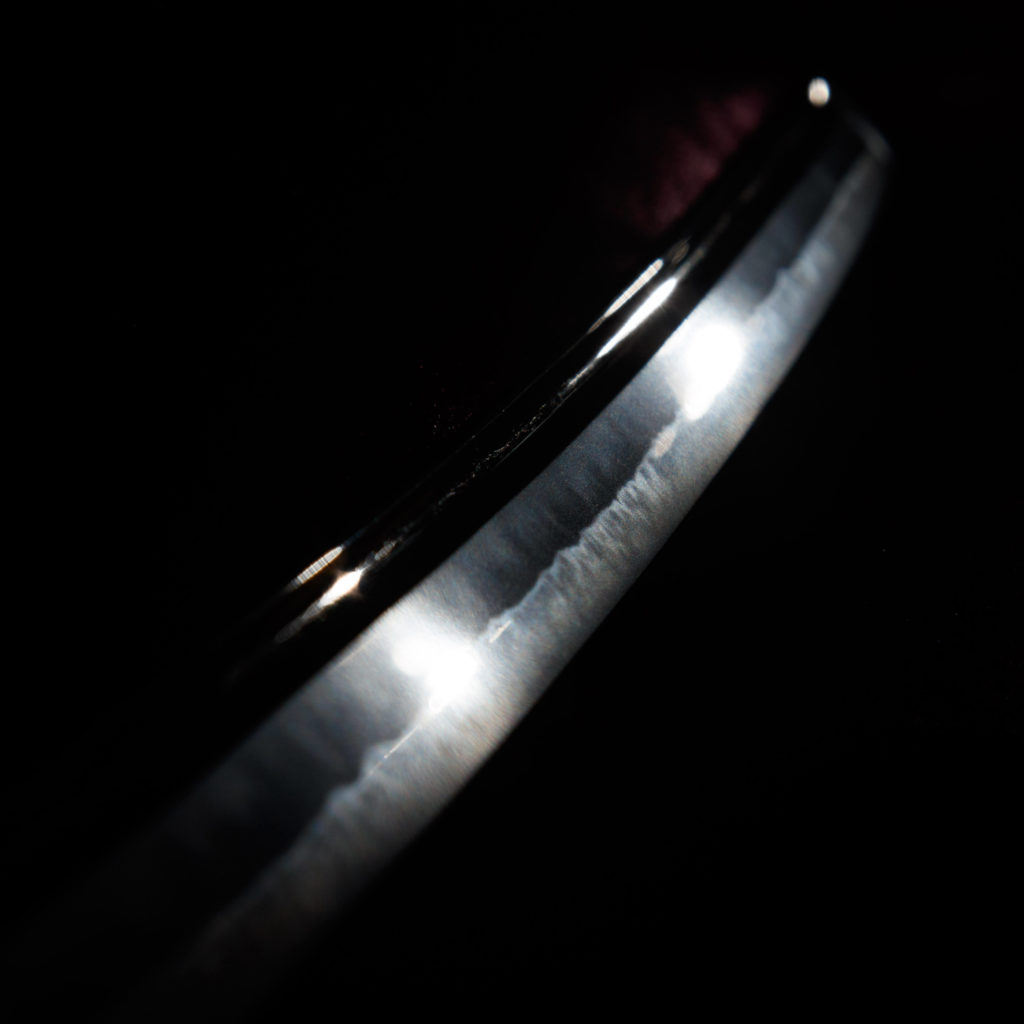
About Sword Polishing
What Polishing Is All About
Furuki o Tazune
Atarishiki o Shiru
“Study the Old, Understand the New”

Togi, or polishing of swords, is a comprehensive process encompassing more than just “sharpening”. It involves the restoration, and more importantly the preservation of the sword, through fastidious attention to the entire blade with respect to shape, characteristics, and activity. Each surface of the sword is brought to its correct shape and every radius is tuned to run through harmonious arcs without interruption or awkward juncture. Minute details of the steel are brought into view with the naked eye even though those details are composed of microstructure that can be obscured by incorrect lighting conditions.
In many ways the art of the polisher can be paralleled with the gem cutter, who determines how best to bring out the inner fire of a diamond and does so by correctly setting the facet angles that are so crucial to the end result, that even one minute error will nullify the desired end result.
The plans to execute work take longer than the work itself, with many tens or hundreds of hours of study devoted to the piece to be polished. As with gems, a poorly planned, unskilled, or careless polish will ruin the sword and render it valueless forever. But unlike gems, swords must eventually be re-polished, so the preservation of the sword is the primary doctrine of the trade even though the procedural paradox is that by wearing away the metal, or life, of the blade, it can be given new life of greater length. Preservation regardless of age is key. For this reason alone one can view swords made 1200 years ago, and learn from them as one would by history itself through a tangible result of a long gone master.
To see these works in pristine condition, we can see the evolution of this history, and apply it to today’s craftsmen and their works. We have the ability to study the origins and at a glance, and gauge our progression or judge our dilapidation.

